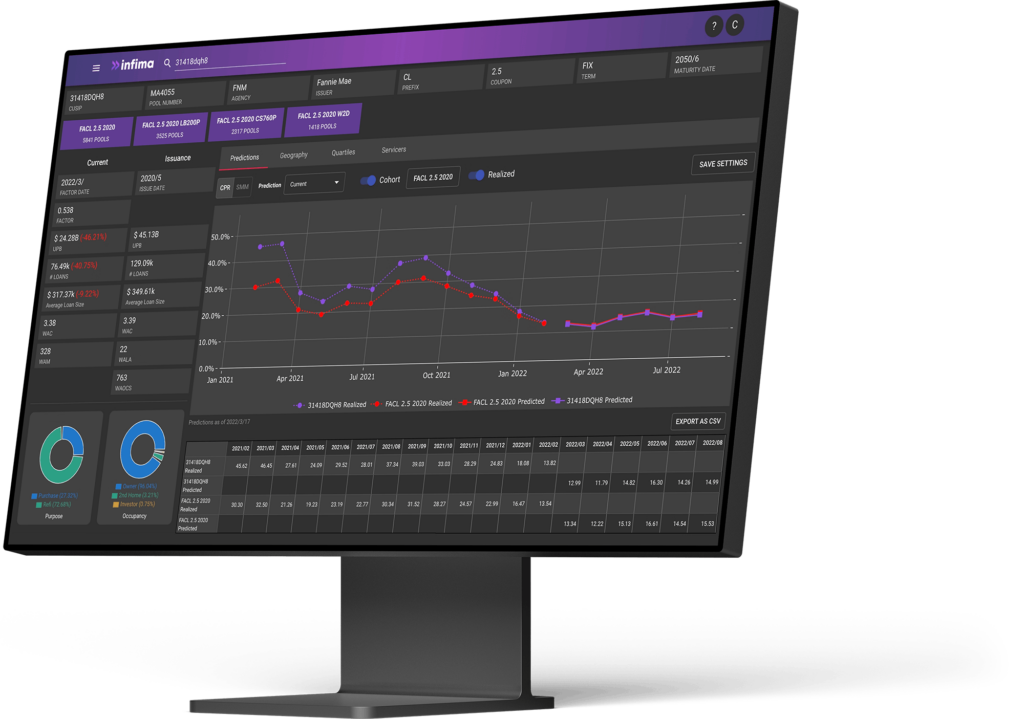AI to Revolutionize
How Infima Uses AI to Revolutionize Mortgage-Backed Securities
Infima Technologies, a pioneer in financial technology, is pushing the boundaries of predictive analytics for the mortgage-backed securities (MBS) market. Founded by Kay Giesecke, a Stanford professor and deep learning expert, Infima has developed groundbreaking decision-support tools for portfolio managers and traders using advanced AI models. This new approach, created to address the specific complexities of debt markets, offers insights into MBS performance with a clarity that was previously out of reach.

Origins and Vision of Infima’s Predictive Platform
The story of Infima begins in academia, where Giesecke noticed a gap in AI applications within the financial sector. While autonomous vehicles and voice recognition thrived with AI, financial markets lagged, particularly in mortgage analytics. Recognizing an untapped opportunity, Giesecke set out to build a large-scale deep learning system focused on forecasting borrower and company behaviors. The mission: use AI to unlock insights in MBS that could guide investors and reduce market inefficiencies.
The Importance of High-Quality Data Sources
Data is at the heart of Infima’s approach. The company’s models are built on vast, historical datasets, including decades of mortgage records. By analyzing how borrowers have behaved across different economic environments, Infima’s platform generates nuanced predictions. According to Giesecke, data from government agencies and data aggregators play a crucial role, providing transparency into the market. This allows Infima to track behavior patterns that influence MBS values and ultimately guide better investment decisions.
| Data Source | Purpose |
|---|---|
| Government agencies | Provide public mortgage data for transparency |
| Data aggregators | Offer extensive datasets for licensing |
| Historical mortgage records | Track borrower trends across decades |
Decoding Borrower Behavior with AI
Understanding borrower behavior is essential for predicting MBS performance. Infima’s models consider a wide range of behavioral patterns. For instance, in predicting loan repayment, the AI analyzes borrower actions under varied economic conditions. Giesecke emphasizes that these patterns are complex; individual circumstances, combined with broader macroeconomic factors, can drastically impact borrower actions. Infima’s deep learning algorithms classify behaviors, enabling financial institutions to anticipate potential risks or rewards tied to specific securities.

Exploring the Impact of Climate on Financial Markets
Infima is also pioneering research into climate-related risks within the mortgage-backed securities market. Events like wildfires, hurricanes, and floods pose a growing threat to property-backed assets, and investors are increasingly concerned about exposure to these climate risks. Infima’s initiative aims to provide tools for understanding and mitigating the financial impact of environmental factors on MBS. Giesecke explains that by mapping climate risk, Infima’s clients can make more informed decisions about securities with high exposure to climate-sensitive areas, such as California and the Southeastern United States.


